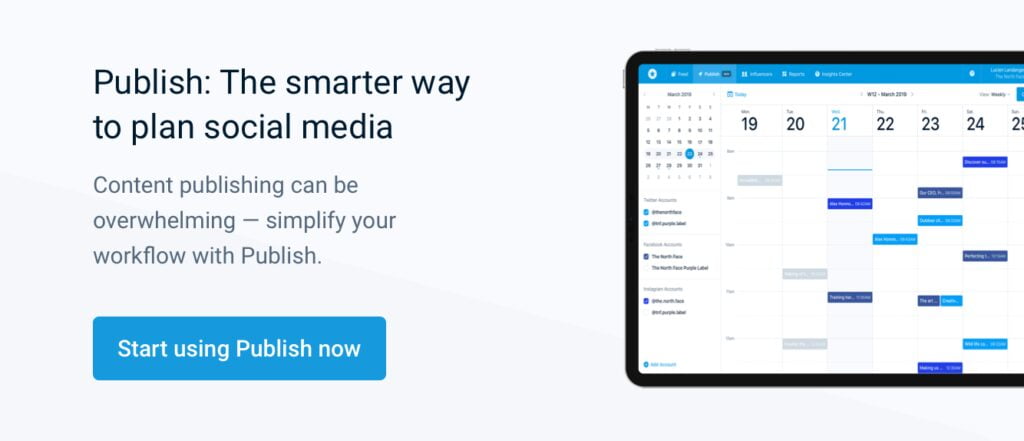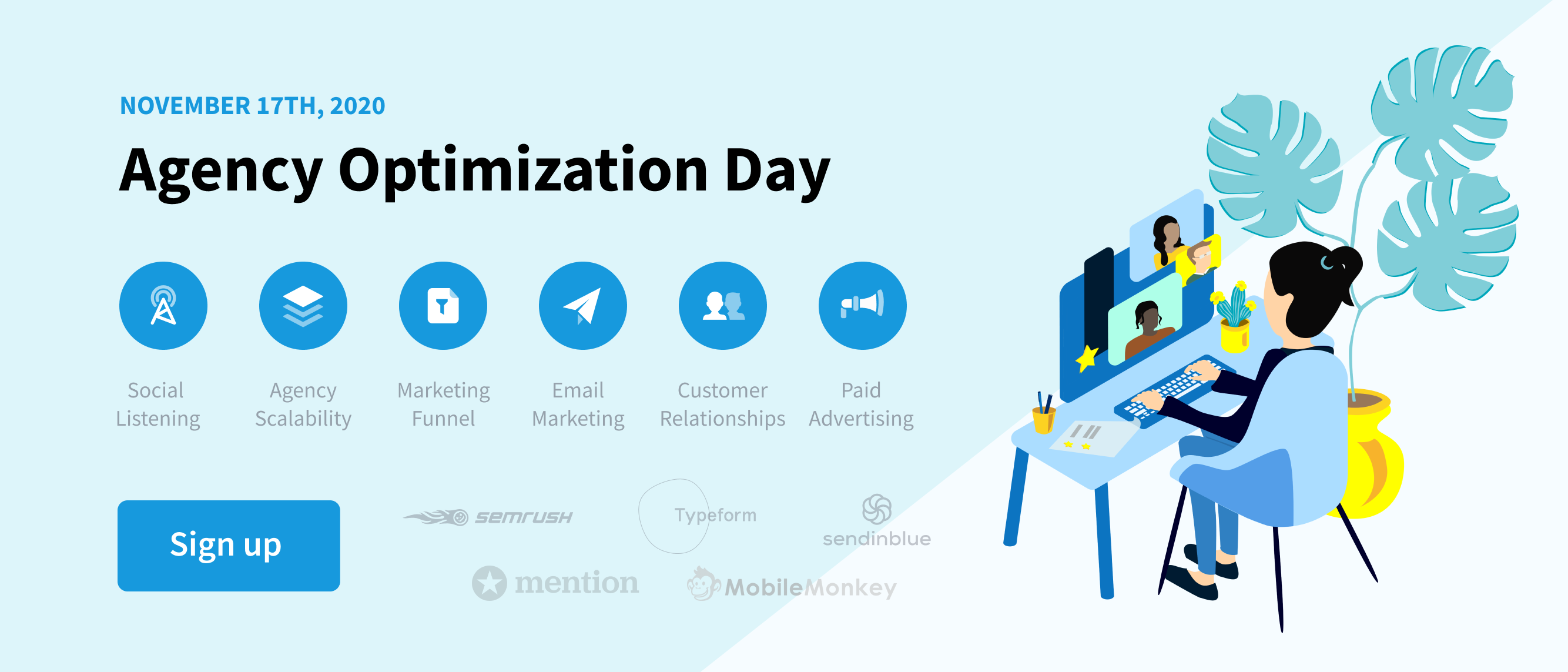As the popularity and influence of digital marketing grows, data has become more central to marketing initiatives. With information being captured at every stage of the marketing process, organizations often find themselves struggling to deduce relevant insights as they sift through a torrent of raw data. As a result, it’s necessary for businesses to properly manage their data to ensure continued success.
If an organization struggles to manage and analyze information, they’re not just missing out on a potential competitive advantage – they’re actively falling far behind the curve. For this reason, marketing teams must understand not only what information is important, but how to turn important data into relevant, actionable insights that can inform their brand’s messaging.
Here’s how organizations – even without sophisticated measurement technology – can use data to steer their marketing communication in the right direction.
Building the framework
Before attempting to leverage data, organizations should determine an overarching strategy for collecting, organizing, governing, analyzing, and deploying their data into campaigns.
This basic framework will help isolate which datasets are important while finding a pointed, primary purpose for the data that your organization decides to collect.
With this information, your organization can determine basic rules as to how data is quantified in your organization.
When constructing a basic data framework, take the following considerations into account:
- What problem needs to be solved? Most worthwhile initiatives start with the end goal in mind, and building a data framework is no exception. Be clear about what the problem is and how data can be harnessed to help provide the intended solution.
- What type of data is needed? To avoid collecting too much irrelevant data, it’s necessary to define what sources of data are most important. Think about how the data taken from a specific source will help you best achieve a solution to the previously determined problem.
- What are our data quality standards? Not all data is created equal. Outline firm guidelines on what is considered relevant and accurate data. This may include data that has recently been collected or data that aligns with insights from other sources. In addition to this, organizations may want to put a firm barrier on how much budget can be spent on attaining data in the first place.
- How will this data be processed? Be sure to outline how this data will be metabolized into valuable, actionable insights that solve the previously outlined problem. Consider which programs will be used to collect, store, analyze, and deploy the data.
- What roles are needed to support this process? Take an honest inventory of your organization’s in-house staff. Are there enough people with the right skills to execute each step of your data framework? If not, consider employing more relevant professionals, consulting a third party, or utilizing a data analytics platform that cuts down on labor demands.
After building this framework, your organization will avoid collecting circumstantial data and only use sets of data that are most important for informing future messages. If organizations do not adhere to these defined rules, they may experience serious flaws in strategy before a campaign is deployed.
Finding important data
With so much data being available for marketers, it’s easy for important information to get lost in the noise. Unraveling a user’s behavior, goals, pain points, and challenges can be critical to marketing success, as this data can be analyzed to discover underlying customer needs. This need-based data can be located through several avenues, such as a customer’s browsing patterns, social media activity, and online purchasing behavior.
There are several ways for organizations to collect this information without overstepping budget constraints. One way to accomplish this via the company website by using assets like gated content and form fields, where many potential customers are willing to exchange data for thought leadership. Another route is through social media – in exchange for a little bit of personal data, customers may have the ability to enter contests or play a game.
For example, Practical Parenting, an Australian magazine, ran a giveaway that enticed readers to be entered to win one of four prizes. All readers needed to do was choose a potential prize, then enter their contact information. By doing this, Practical Parenting didn’t just obtain contact information for people in their target market – they obtained insights into exactly what product that family is most interested in. By intentionally making this customer data needs-focused, your organization can put customers into narrow marketing channels – allowing more sophisticated targeting.
Once this data has been found, it’s time for your marketing team to metabolize it into information with both relevance and purpose. This is done by creating connections between at least two pieces of data. Organizations should feed data that passes through the basic standard outlined in their architecture into a comprehensive marketing dashboard. If attaining a marketing dashboard is not possible, consider using programs like Microsoft Excel to run regression analyses. While the methodology can vary from organization to organization, the most important piece is finding connections in datasets that lead to valuable insights, such as what customers find truly valuable about your brand.
Using insights for better messaging
Once these insights have been uncovered, organizations should integrate them into their marketing messages. Here are four key ways that organizations can simply leverage these insights:
- Driving personalization – With data, marketers can get a better idea of how to message users on an individualized level. This includes knowing when to send specific marketing messages over a certain channel. If these messages are timely and well-targeted, then your organization will have a greater chance of striking an emotionally resonant chord.
Personalization can also assist marketers in creating customer journey maps and guiding users down the funnel through relevant messaging. 62 percent of surveyed consumers appreciate when companies use personalization to highlight a deal, while 45 percent appreciate the purchasing process being made easier. By taking into account how users interact with your brand and what needs your organization fulfills for them, you can create more targeted campaigns to include products they would be interested in and deliver messaging they would respond to.
- Enhancing customer experience – Data can be used to improve the customer experience, especially if this data is from sources such as satisfaction surveys. Messages aimed at enhancing the customer experience are key since they build a brand’s image while increasing customer retention. Not only that, but 86 percent of customers are outright willing to pay more for a better customer experience! If possible, organizations should create these messages using an omnichannel approach, as it will help ensure the customer experience is consistent across every channel.
- Optimizing creative content – As campaigns are sent out into marketing channels, marketers need to collect performance data back into the organization. This ensures that your organization has a finger on the pulse of the ever-changing needs of customers, allowing marketers to refine future creative efforts based on successes and failures. Don’t be afraid to fail fast, and be sure to consider strategies like A/B testing!
- Creating a better brand strategy – According to Forrester, triggering emotions in consumers is a critical component for brand resonance. Your messaging should work cohesively across channels to create a consistent experience and to target similar emotional responses. A law firm may want to harbor feelings of trust and professionalism in their consumers, while tech companies may want to foster curiosity and exploration.
Branding itself should be based on data, including market research, client interviews, and campaign analysis. How do clients respond to changes in your messaging? What are they reading about and what are their concerns?
One example of a company that masterfully uses data to inform their marketing strategy is Starbucks. Their loyalty program, My Starbucks Rewards, manages to use personalization to greatly improve the customer experience and create targeted messaging. This is accomplished by analyzing data such as basic personal information (ie. a customer’s name), previous orders, and even geographic insights. With this mix of excellent messaging, Starbucks is able to not only create more sales – they create a genuine human connection through a customer’s mobile device.
Source: Starbucks Rewards
When collecting and leveraging this data, don’t forget to focus on quality, not quantity. Instead of reaching and pleasing as many customers as possible, drill down into the needs and opinions of your most loyal customers. This means leveraging tools such as Google Analytics as a key way to gain easy insights into which parts of your brand’s website are resonating most with customers. In addition to this, brands should use unified marketing measurement, which combines aggregate and person-level measurements, to help break down which messages are contributing the most to the success of your campaign.
Finally, don’t forget to research the data-driven insights of marketing experts from reputable organizations such as Forrester and Gartner. While no information is more valuable than properly collected first-party data, using information from prominent market research organizations can function as a campaign strategist’s north star.
By using a variety of methodologies to ensure the quality of your data, your brand will provide messaging that truly resonates – setting you apart from the competition.
Final thoughts
Data should be at the center of every brand’s marketing efforts. Although data is powerful, it is absolutely paramount that marketers understand which datasets are most relevant when creating marketing messages for campaigns. Accomplishing this means establishing a useful data framework, and then using that framework to decide which data is relevant to your campaigns. Then, marketers can turn that data into actionable insights by connecting two separate points of accurate, granular data together.
By distilling data into actionable insights, marketers can create comprehensive campaigns with resonant messages – allowing them to keep pace with rival brands.
Be in the know 📥
Sign up for The Mention Memo
Get the latest and greatest digital marketing
+ social media tips every week!



